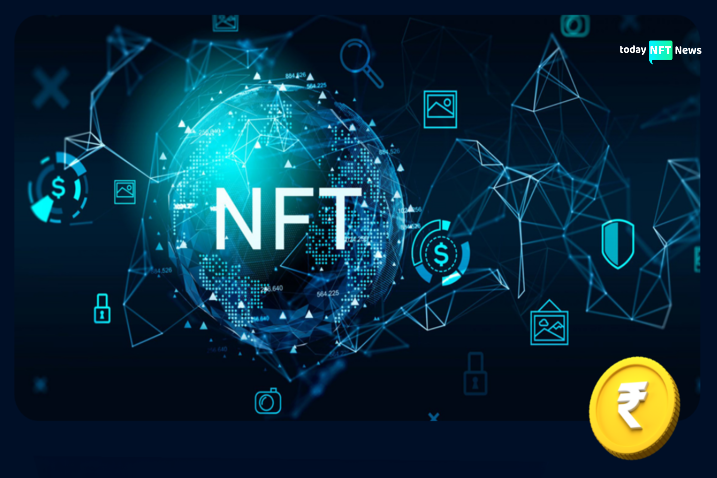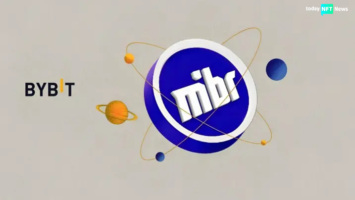SNEAK PEEK
- Gas consumption by NFTs on Ethereum has significantly dropped since 2021, signaling a shift in NFT usage.
- NFT marketplaces have seen a sharp decline in gas usage over the past two years.
- Major players like Axie Infinity and OpenSea have witnessed a substantial reduction in gas consumption.
Gas consumption by non fungible tokens (NFTs) on the Ethereum blockchain has experienced a significant drop since its peak in 2021, as reported by on-chain analytics platforms. This decline signals a possible shift in NFT usage, with more users opting to hold onto their assets instead of actively trading them on marketplaces.
Data provided by Glassnode reveals that gas usage by NFT marketplaces has been on a consistent downward trend. In contrast to 2021, when NFTs dominated Ethereum’s gas usage, NFT marketplaces have seen a sharp decline in the past two years. The former top players in gas consumption, including NFT gaming project Axie Infinity and NFT marketplace OpenSea, have witnessed a substantial reduction in their gas usage.
Jumping forward to 2023, crypto analytics platform Nansen disclosed that NFT marketplaces accounted for just over 3% of the entire gas consumption during a weekly period in May. This decrease in NFT-related gas consumption coincided with a surge in Ethereum gas prices at the time. These observations have sparked theories suggesting that NFTs might have been a “product of excess liquidity” resulting from money printing during the pandemic.
Gone were the days of NFTs topping the Ethereum gas-consuming charts. This week, of the top 20 gas consumers, OpenSea and Blur accounted for less than 10% combined.
And against all gas consumers, the NFT marketplaces were just over 3%. Uniswap in contrast was 10x more – 31.99%. pic.twitter.com/4NUF6Yb3eX
— Nansen 🧭 (@nansen_ai) May 19, 2023
As of the present, gas consumption by NFTs continues to follow a downward trajectory. Major NFT marketplaces, including Blur, OpenSea, SuperRare, LooksRare, and Rarible, now only contribute to roughly 1.85% of the entire Ethereum network’s gas consumption.
This trend raises questions about the underlying dynamics of the NFT market. It appears that the initial fervor and intense speculative activity that characterized the NFT landscape in 2021 have subsided. Users seem to be moving away from active trading and adopting a more passive approach to their NFT holdings.
As Ethereum’s gas prices remain high, it may also be a contributing factor to the decline in NFT activity on the blockchain. Higher transaction costs could deter traders and lead them to reevaluate their strategies.
While the NFT market is undoubtedly evolving, it remains to be seen how this shift will impact the long-term prospects of the NFT ecosystem. As with any emerging technology, the NFT space is likely to experience periods of fluctuation and transformation. The future trajectory of gas consumption by NFTs will be closely watched by industry observers to better understand this rapidly changing landscape.









